Camping is one of the best things one can do in the wilderness, not just for survivability but for pure fun. The adrenaline that one feels as he or she hikes on camp trails, defaults to survival skills, and feels that strong primitive urge is indescribable, and we know that you agree because camping is a global top favorite activity. However, the thing about camping that’s tricky for a lot of people is the fact that one gets exposed to the elements. There is little to shield you from the rain, wind, or cold weather. We won’t let that deter you from camping, though; that’s all just a little footnote. That’s why today we will be going over the key things to remember, carry, and observe when you’re caught in the rain while camping. Followed carefully, this guide will make sure that you stay cool, calm, and collected while everyone is panicking as if hail is raining down on them.
It’s just rain; embrace it
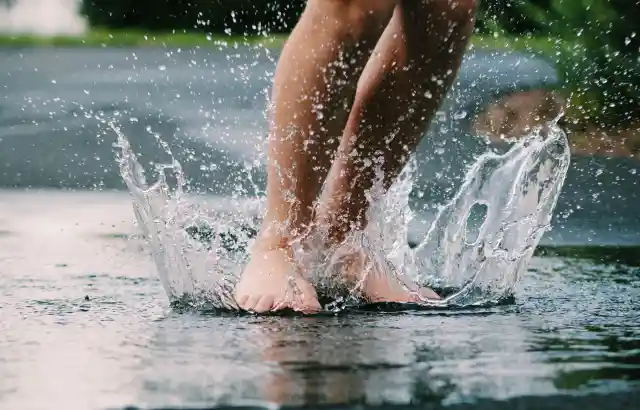
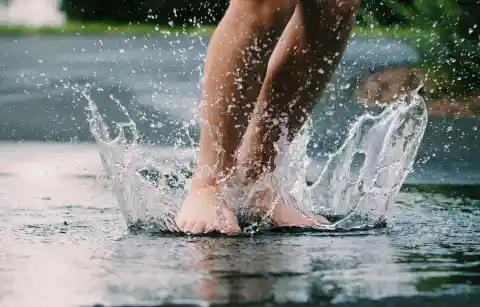
Unless trees are being uprooted and thrown all over the place, understand that it’s just rain. Just mere precipitation that’s falling down as a result of the cooling down of water vapor. When you put it that way, it sounds a lot less scary, right? If you want to have a good time, a good portion of that is just having mental resilience. That mental fortitude is what makes you say, "Okay, it’s about to rain now, but I won't let that be a deterrent; what should I do?” The fact of the matter is that when you’re in the wild, (unless you’re camping in the yard) you’ll need to keep a level head on several matters. Some measly rain shouldn’t be enough to rattle you.
Find Natural Shelter
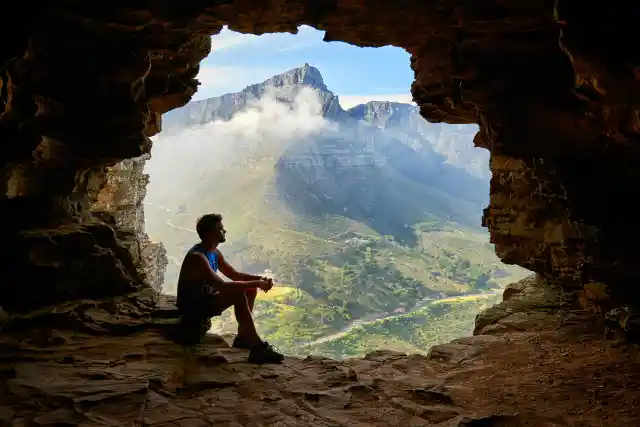
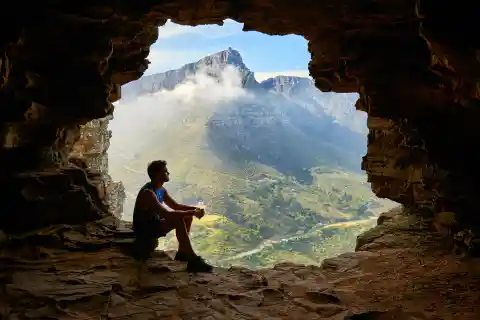
Shelter is an important thing when protecting yourself from the elements, and that still rings true in this case as well. One of the first things you must do is look for a protected or shielded area from which to operate or set up camp. I’m thinking something along the lines of heavy vegetation, like big trees or trees with wide, large leaves. These will break up the rain and stop it from pounding on your camp. If you do decide to take the route of caves or enclosed spaces, be sure to watch out for other animals or snakes. Once you’re safe and sound in a space like that, you can set up a small fire and keep yourself warm, or just generally go about your activities as originally planned.
Bring An Extra Tarp
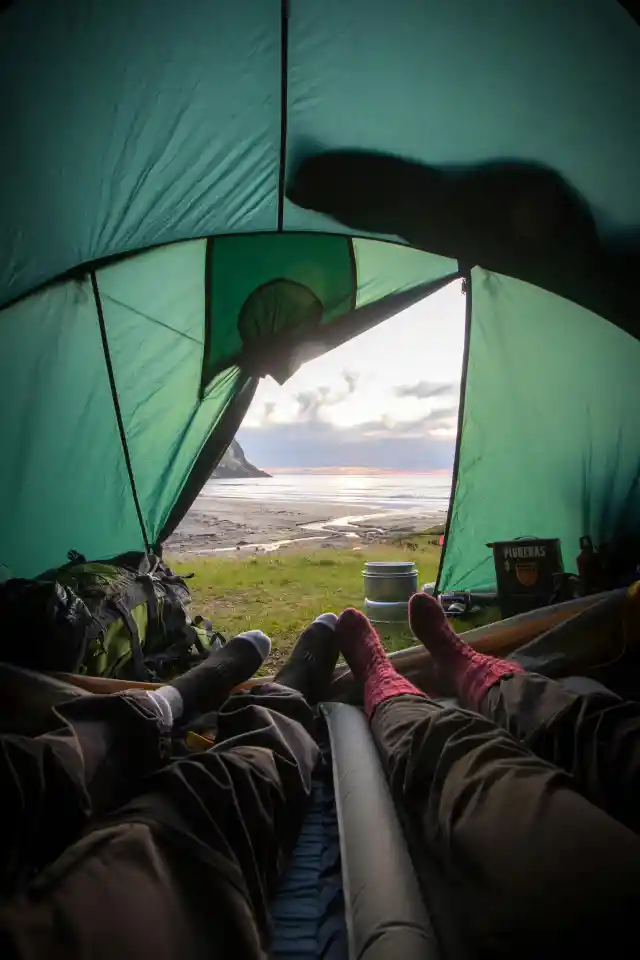
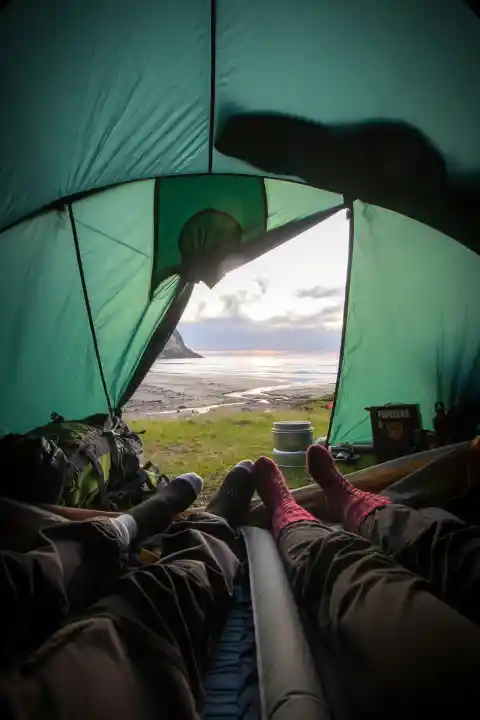
You’re in the great outdoors; can you ever really have enough tarp? We seriously think not. If you managed to know ahead of time, then that works out even better for you because, much like Batman, you had the advantage of preparation. With an extra tarp, you can find a good spot where you can set up a fly first. By keeping as much distance between it and the ground as possible, you can ensure that the muddy ground or runoff water won’t be a problem at all. You can then set up the canopy in such a way that the fly acts like a covered front porch for the tent. If you’re a camper, you must already be picturing the scene. Once that’s done, you can get some grub cooking and some rest in your solid space.
Bring An Umbrella
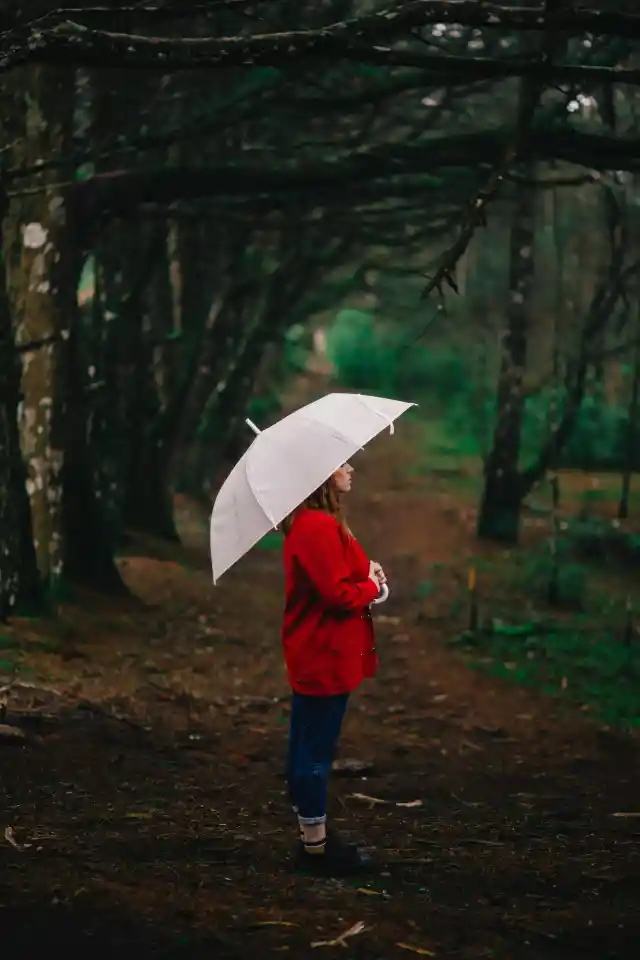
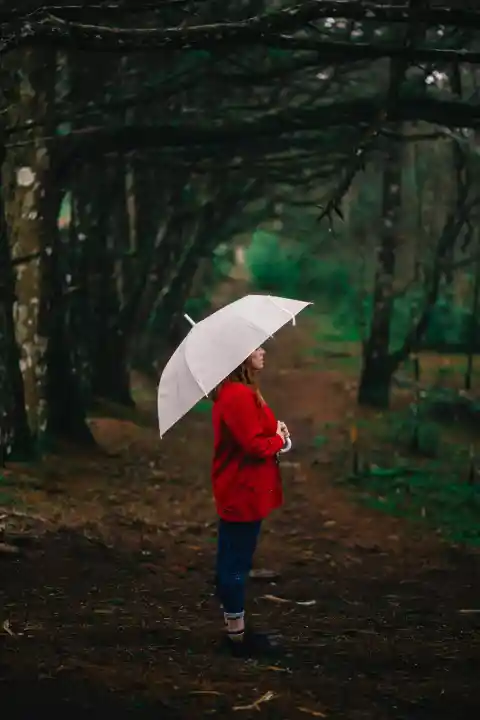
It doesn’t take much of an explanation or rocket science, for that matter, to figure out why you should bring an umbrella. With such a simple tool, you can move up and down in the rain without getting soaked while you set yourself up. This is particularly important to those who set up their cooking sites far from their camping sites. We understand that you do this as a deterrent for the wild animals, but we’re also pretty sure you don’t want to get soaked in the process. Think of the umbrella as a mobile, moving shelter that protects you from the big, bad rain.
Make Use Of Trash Bags
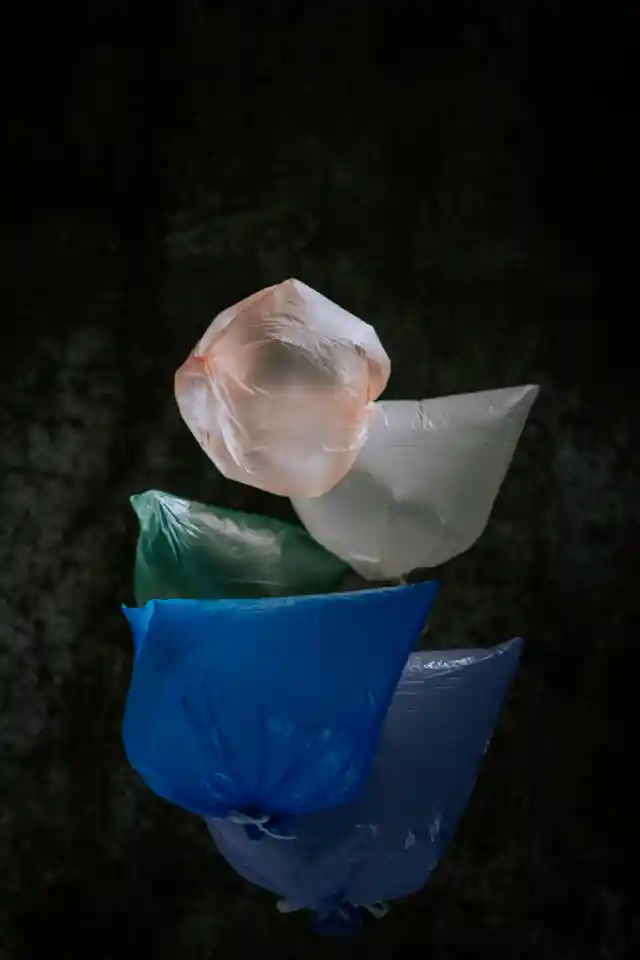

Listen to this part very carefully. The truth of the matter is that you can never be too careful in foul weather. It’s an accurate statement to say that in some ways, nothing is waterproof because it can get holes in it, especially given that you are in the great outdoors. To avoid getting into a bind, what we advise you to do is double up your protection by lining your pack with heavy-duty trash bags. It’s cheap insurance, and it hardly costs or takes anything from you to just be ready in this way. You can also make use of light-colored trash bags so that even in the heavy rain or fog, you have a good view of where all your things are. Just take care to tie the bags well so that the rainwater is trapped outside, not inside.
Don’t Mix The Wet Things & The Dry Ones


By virtue of you being in terrain, something's bound to get wet. Your clothes might get wet, your boots muddy, your gear soaked, or any other scenario that ends up with damp, moist belongings. As tempting as it is for you fella’s out there to just throw everything together, don’t. Instead, put them separately so that they don't contaminate the dry clothes or your dry shelter. Consider stuffing them into a trash bag that stays separate if you don’t have an extra bag to put them in. Whatever you do, however, don’t mix the wet and the dry.